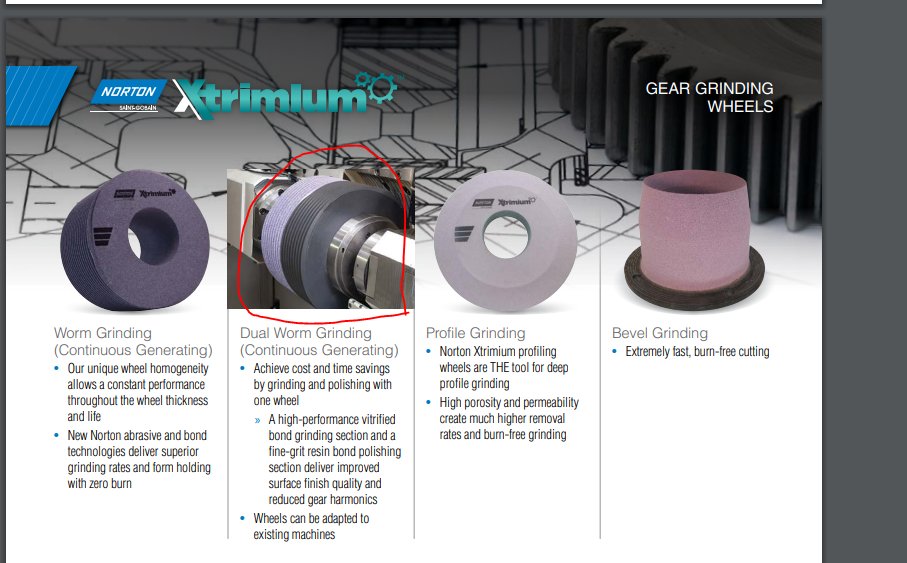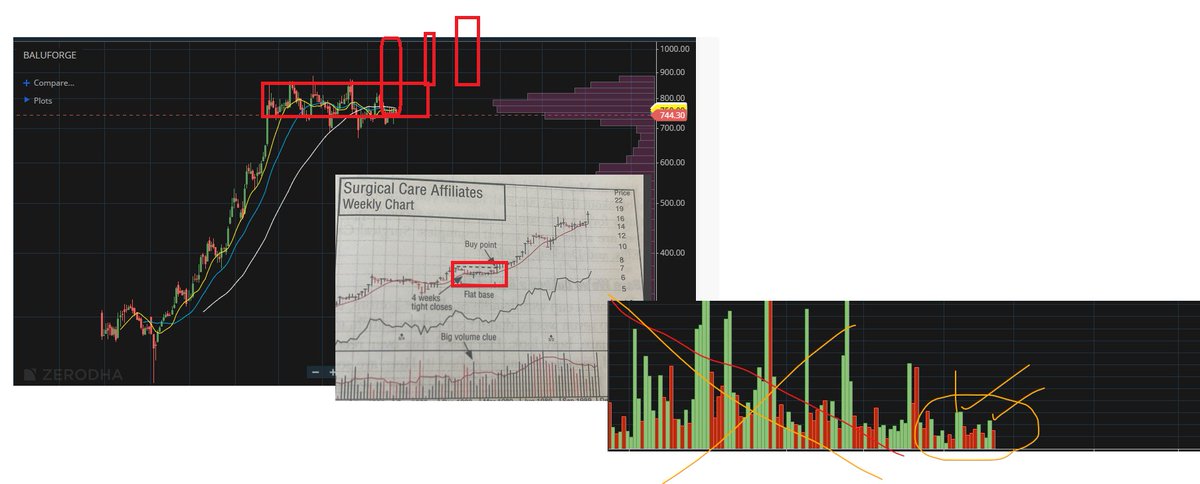why I am bullish in #abrasive
#carboruniv
#grindwell
#wendt
The advantages of shifting from machining to grinding gears for EV
Grinding can reduce noise and vibration and can help improve gear efficiencies for electric vehicles.

#carboruniv
#grindwell
#wendt
The advantages of shifting from machining to grinding gears for EV
Grinding can reduce noise and vibration and can help improve gear efficiencies for electric vehicles.


what make WEDNT a 9k stock . is it because of precession material ?unable to understand at the moment . 

will this be a game changer ? at the moment is this be a game changer at 25 rs
no idea - jab tak todegein nehi tab tak chdegein nehi .
no idea - jab tak todegein nehi tab tak chdegein nehi .

• • •
Missing some Tweet in this thread? You can try to
force a refresh










































